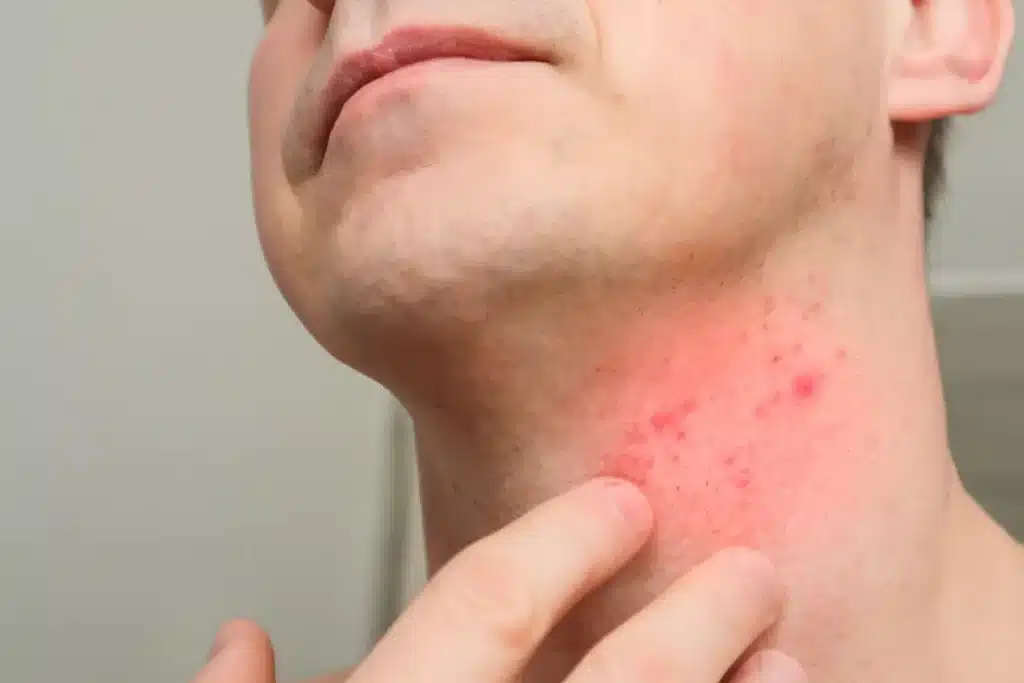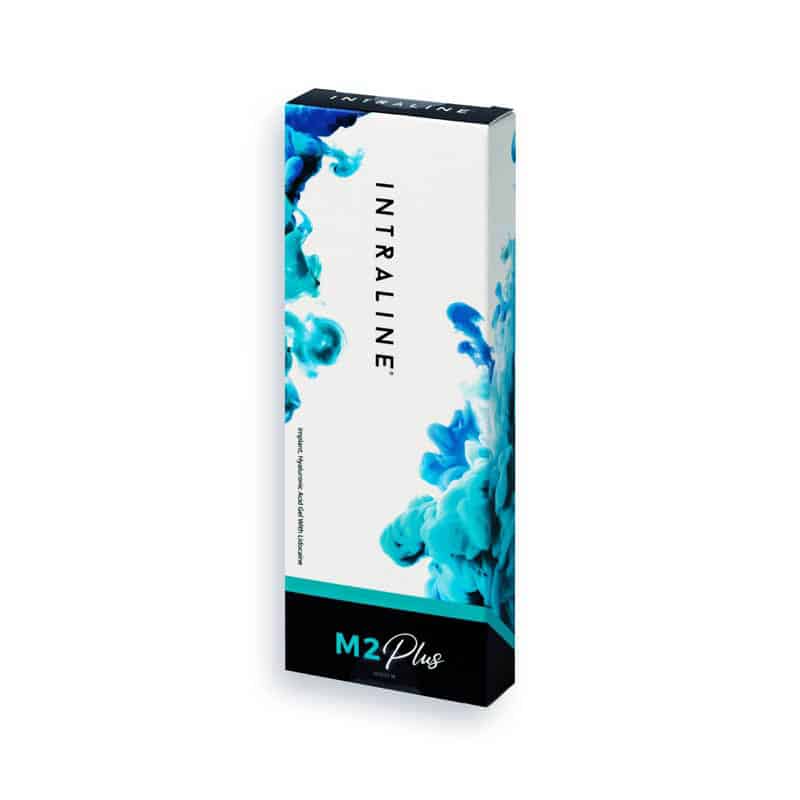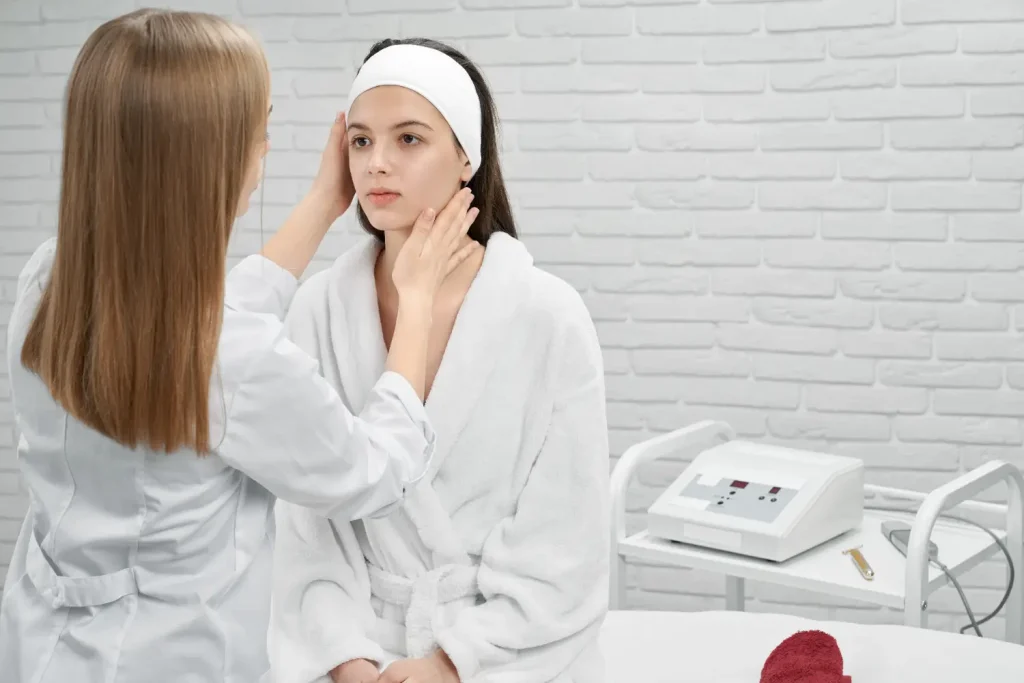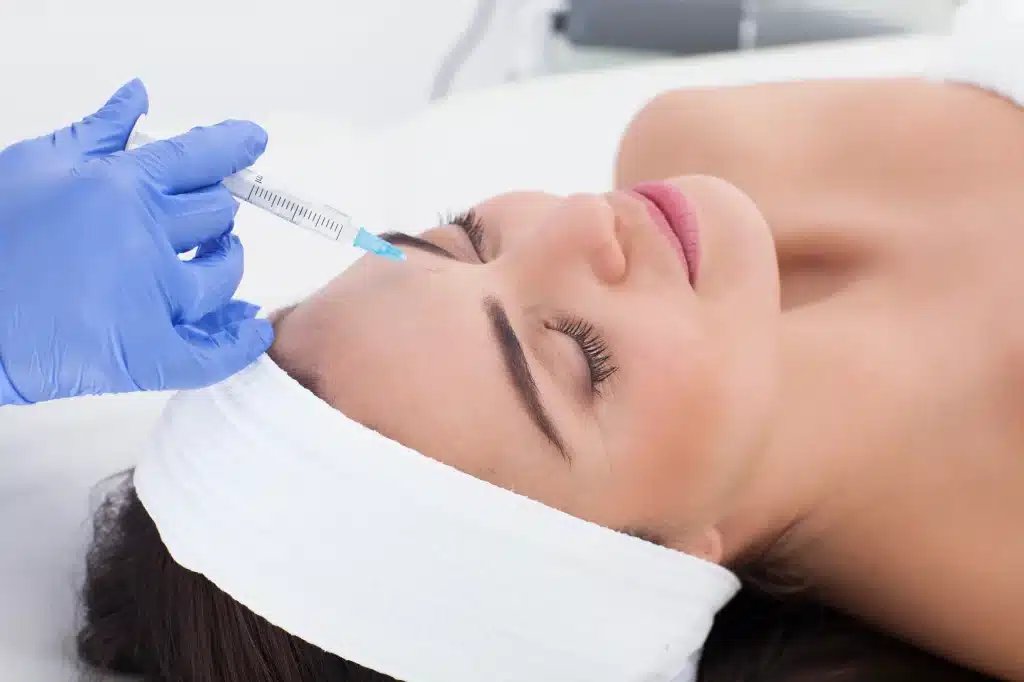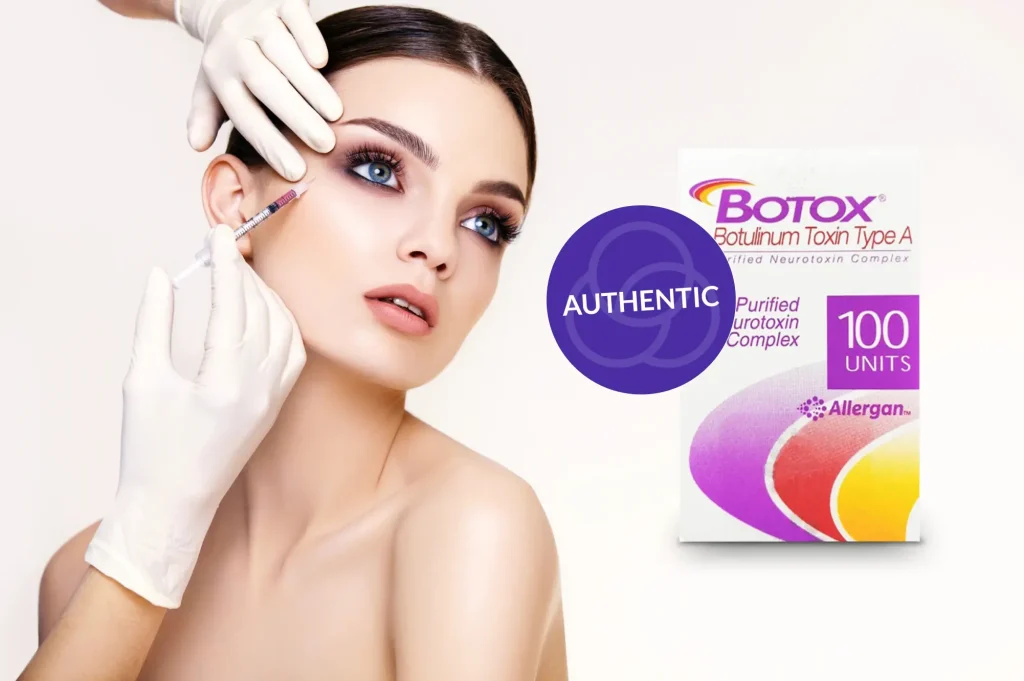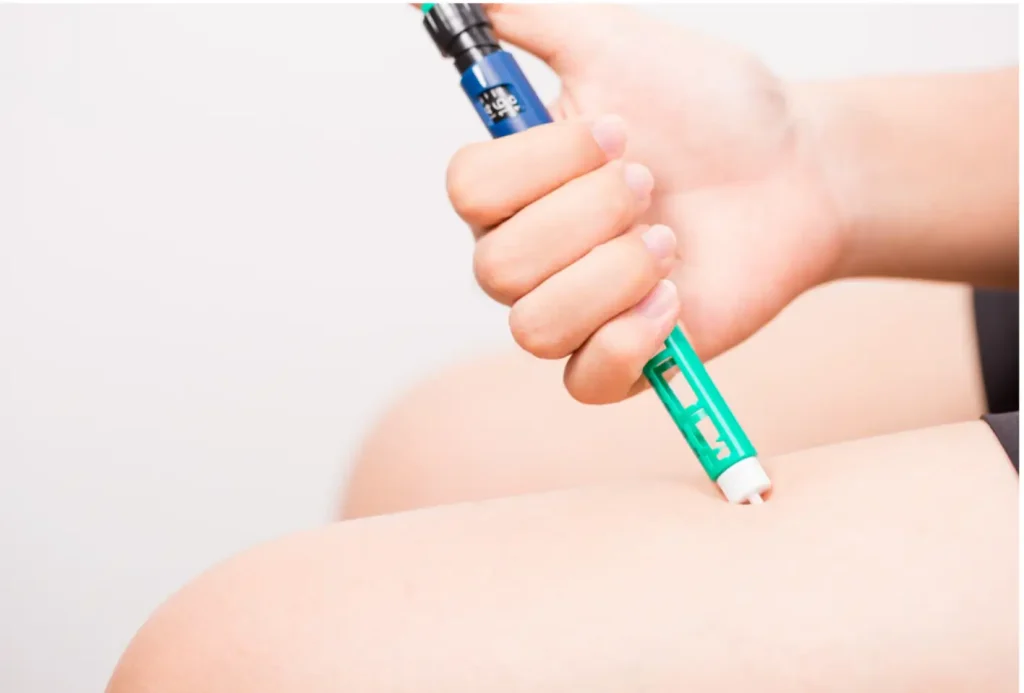The global demand for non-surgical cosmetic treatments continues to rise, with dermal fillers playing a key role in the movement toward minimally invasive rejuvenation. Among these solutions, Intraline fillers have earned recognition for their hyaluronic acid-based formulations that deliver natural-looking, personalized enhancements.
While Intraline is generally well-tolerated and praised for its smooth consistency and subtle results, like any cosmetic injectable, it may carry a range of side effects—from minor, temporary reactions to rarer complications. A clear understanding of these potential outcomes is essential for patients and practitioners alike.
This article offers a detailed overview of the possible Intraline side effects, equipping readers with the knowledge needed to make informed, confident decisions about treatment.
Key Takeaways
- Mild side effects like redness, swelling, and bruising are common and usually resolve within a few days.
- Rare but severe reactions include vascular occlusion, granulomas, and hypersensitivity, requiring immediate medical attention.
- Proper injection techniques and patient screening help minimize risks and improve safety outcomes.
- Effective management strategies include ice application, antihistamines, and dissolving agents for severe cases.
- Patient education on aftercare and expected side effects reduces anxiety and ensures proper healing.
About: Medical Spa RX provides medical practices with premium products at the best prices. If you’re looking to buy Intraline Products online for your practice, the sales representatives at Medical Spa RX can give you guidance.
Common Side Effects and Their Frequency
Like other hyaluronic acid-based fillers, Intraline may cause mild and temporary side effects. These reactions are typically localized and resolve within a few days. Educating patients about their frequency and duration helps manage expectations and improve satisfaction.
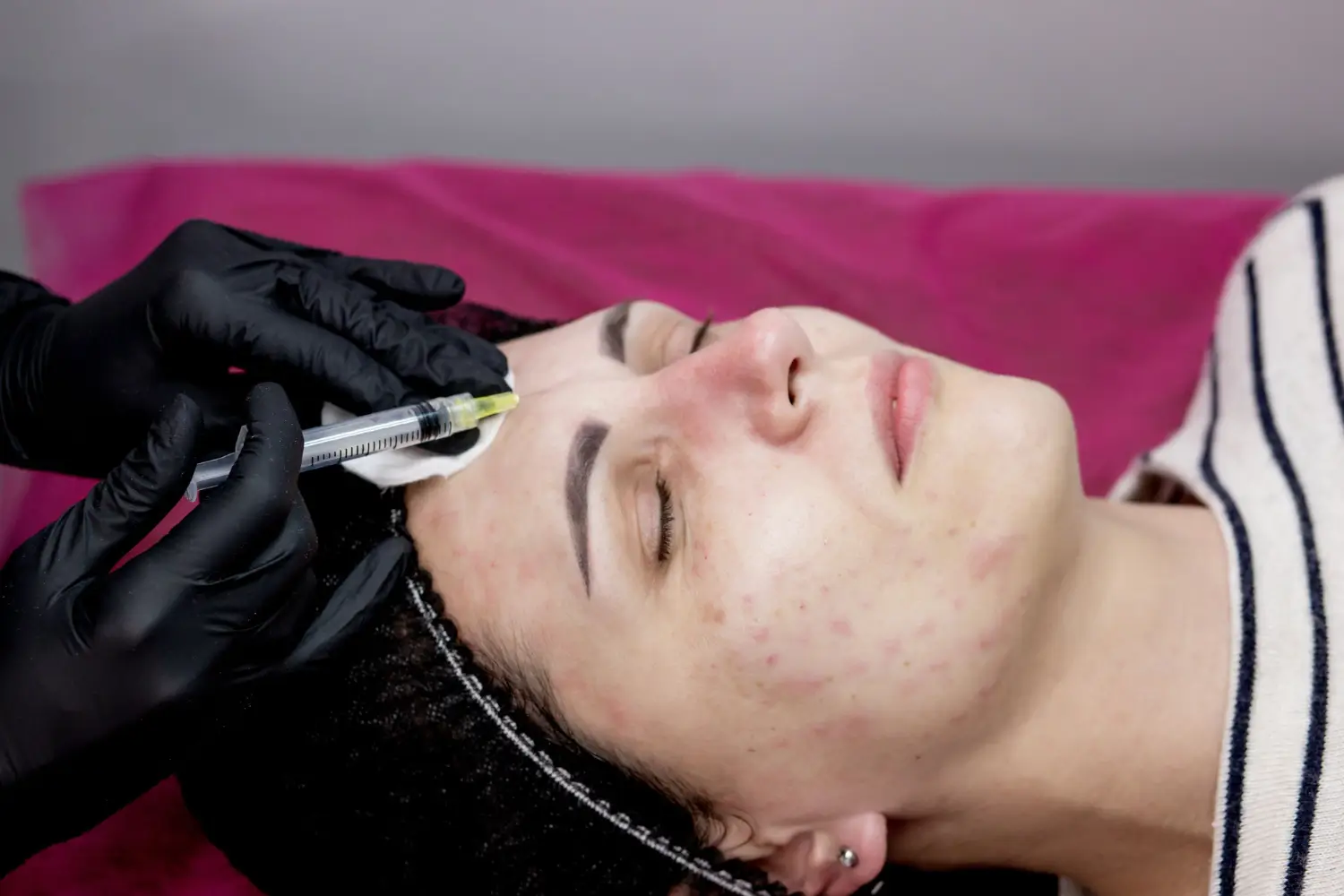
- Redness: Often appears immediately after injection and typically fades within a few hours.
- Swelling: Common, especially in sensitive areas, peaking within 24–48 hours.
- Bruising: Frequently observed, particularly around the lips, and may last up to a week.
- Tenderness: Mild sensitivity in the treated area, usually resolving without intervention.
- Lumps or Uneven Texture: Temporary and may improve with gentle massage or dissipate naturally.
Rare but Serious Adverse Reactions
Though uncommon, certain adverse effects require urgent medical attention. Recognizing and addressing these complications early is key to preserving tissue health and visual outcomes.
- Vascular Occlusion: A blocked blood vessel can lead to tissue necrosis. Symptoms include skin blanching, severe pain, or discoloration.
- Granulomas: Firm inflammatory nodules that may appear weeks or months post-injection.
- Hypersensitivity Reactions: Rare allergic responses can include rash, swelling, or even anaphylaxis.
- Infections: Improper sterilization may cause local infections—look for redness, warmth, or pus.
- Blindness: Extremely rare but documented when filler enters arteries supplying the eye.
Prevention Strategies for Practitioners
Whether using fillers like Intraline One for tear troughs or addressing other aesthetic areas, minimizing risks begins with precision and patient-centered care.
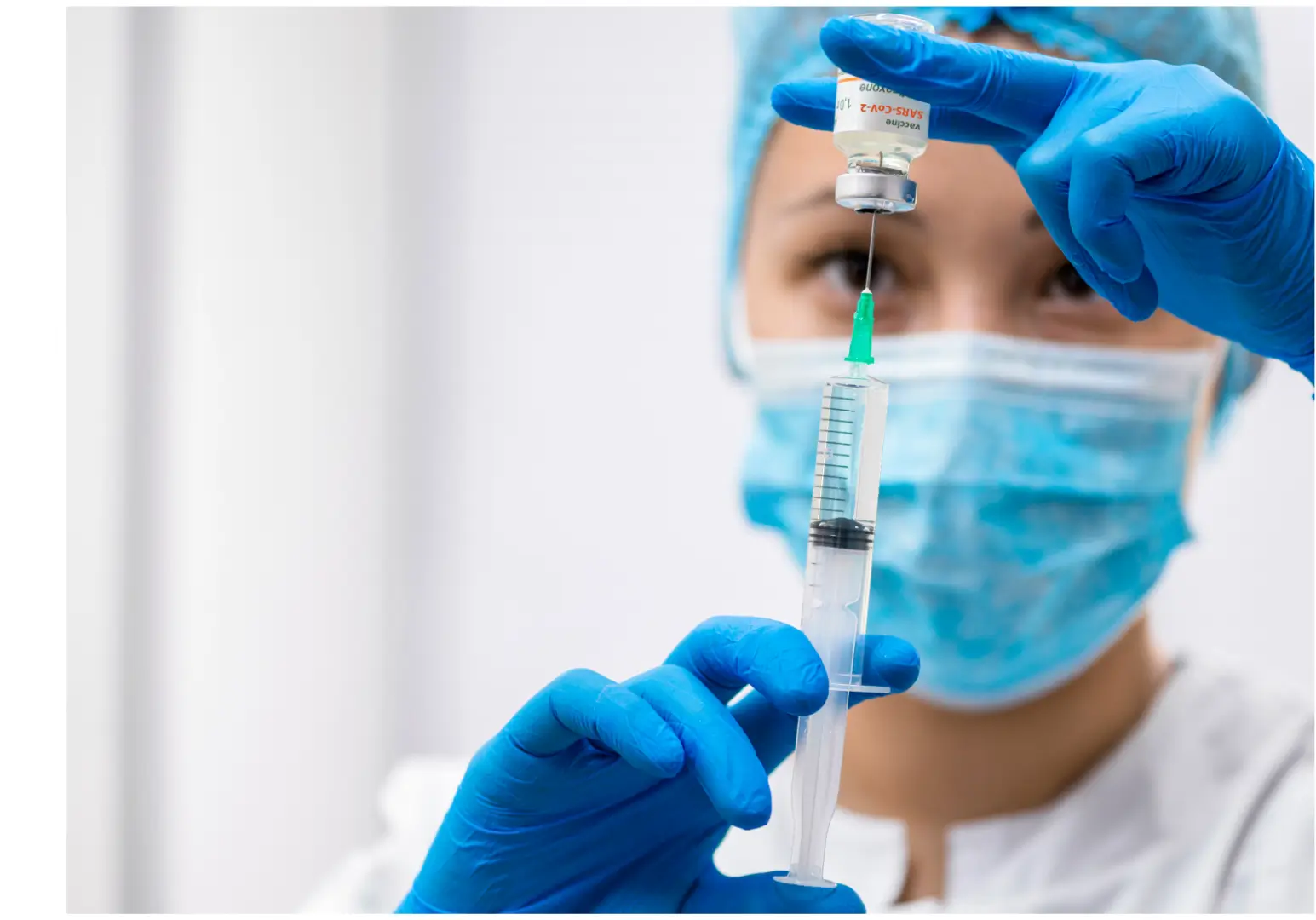
- Thorough Patient Assessment: Screen for contraindications and assess skin quality, vascular anatomy, and patient history.
- Proper Injection Techniques: Administer fillers slowly, aspirate before injecting, and maintain appropriate depth to reduce complications.
- Use of Cannulas or Appropriate Needles: Choosing the correct tool minimizes trauma and improves safety, especially in delicate zones.
- Hygiene and Sterility: Strict aseptic technique reduces the risk of post-treatment infections.
- Patient Aftercare Instructions: Educate patients about avoiding heat exposure, physical pressure, and alcohol post-procedure.
Management and Patient Counseling Guidelines
Effective counseling fosters trust and helps patients respond calmly and correctly to side effects. Tailoring guidance to individual concerns enhances outcomes.
Managing Common Reactions
- Swelling & Bruising: Recommend cold compresses and avoidance of NSAIDs, alcohol, or strenuous activity around the injection date.
- Redness & Tenderness: Suggest gentle skincare, avoiding exfoliants, and minimizing sun or heat exposure.
- Lumps or Texture Irregularities: Instruct patients to monitor and gently massage only if advised by the practitioner.
Responding to Serious Reactions
- Vascular Occlusion: Immediate administration of hyaluronidase can reverse blockages and restore circulation.
- Infections: Initiate antibiotic treatment when redness, pain, or discharge is evident.
- Delayed Reactions: Depending on severity and symptoms, manage with antihistamines or corticosteroids.
Conclusion
Intraline fillers offer effective and natural-looking aesthetic improvements with a generally favorable safety profile. While most side effects are minor and short-lived, rare complications underscore the need for professional expertise and patient education.
With diligent screening, skilled application, and open communication, both practitioners and patients can enjoy safe, satisfying, and successful outcomes.
FAQs
1. How long does Intraline filler last?
Intraline fillers typically last 6 to 12 months, depending on the treatment area, individual metabolism, and lifestyle factors.
2. What are the common side effects?
Mild swelling, redness, bruising, and tenderness are common but usually resolve within a few days.
3. Can Intraline filler be dissolved?
Yes, if necessary, hyaluronidase can be used to dissolve the filler safely.
4. How soon can I see results?
Results are immediate, but mild swelling may take a few days to settle for the final look.
References
Rohrich RJ, Monheit G, Nguyen AT, et al. Soft tissue fillers: contraindications, side effects, and precautions. J Clin Aesthet Dermatol. 2008;1(11):14–16. PMC2890129
Funt D, Pavicic T. Dermal fillers in aesthetics: materials, injection techniques, and complications. Facial Plast Surg Clin North Am. 2013;21(3):469–485. doi:10.1016/j.fsc.2013.04.004. PMC4728901
Intraline. Dermal Filler FAQs. Accessed April 1, 2025. https://www.intraline.com/faq-dermalfiller

